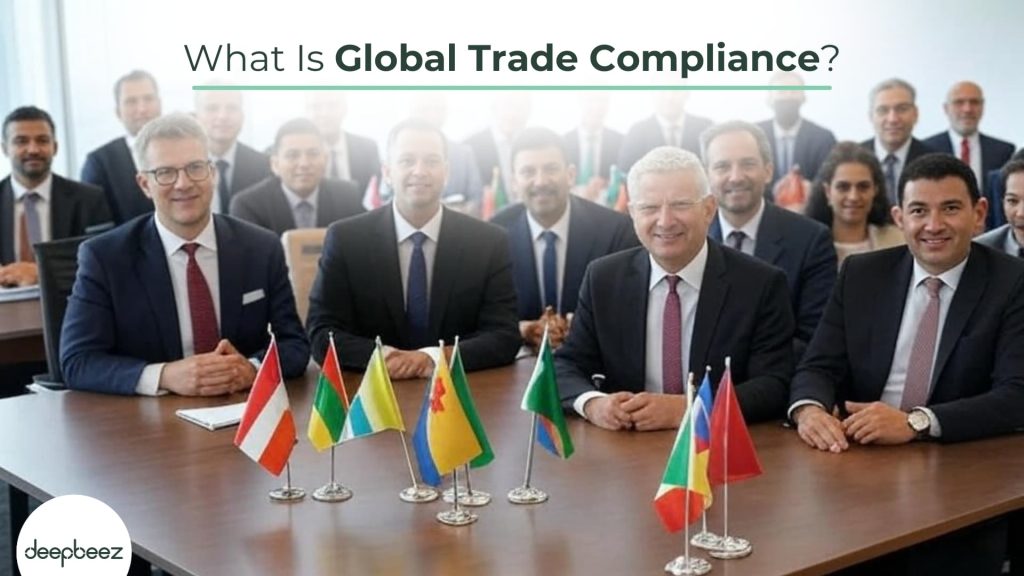Are you expanding your business globally and you’re worried about “What is global trade compliance?” In general, global compliance means following the rules and regulations of each country a business operates in. Want to avoid costly mistakes that could derail your international growth? You’re in the right place!
Global trade compliance isn’t just some boring regulatory requirement. It’s your business’s passport to international success! When you follow the rules governing international trade, you protect your company from hefty fines, maintain your reputation, and ensure smooth operations across borders. One of the most important part of the global trade compliance is calculating all the taxes and duties of import and export correctly. Deepbeez customs duties calculator will help you along the way.
Global trade compliance isn’t just some boring regulatory requirement. It’s your business’s passport to international success! When you follow the rules governing international trade, you protect your company from hefty fines, maintain your reputation, and ensure smooth operations across borders. One of the most important part of the global trade compliance is calculating all the taxes and duties of import and export correctly.
